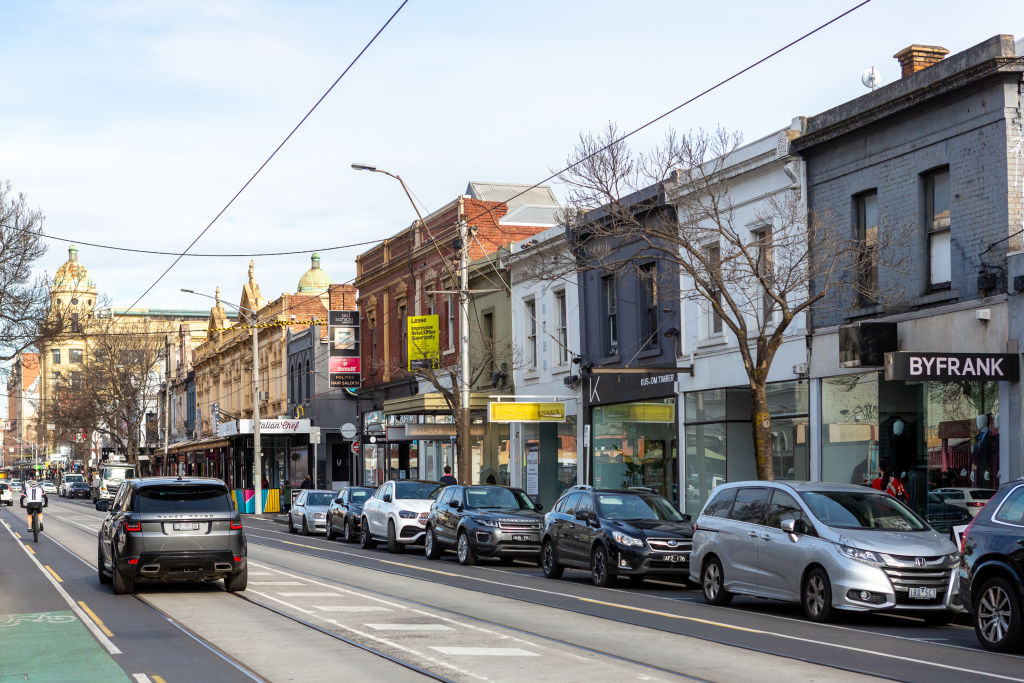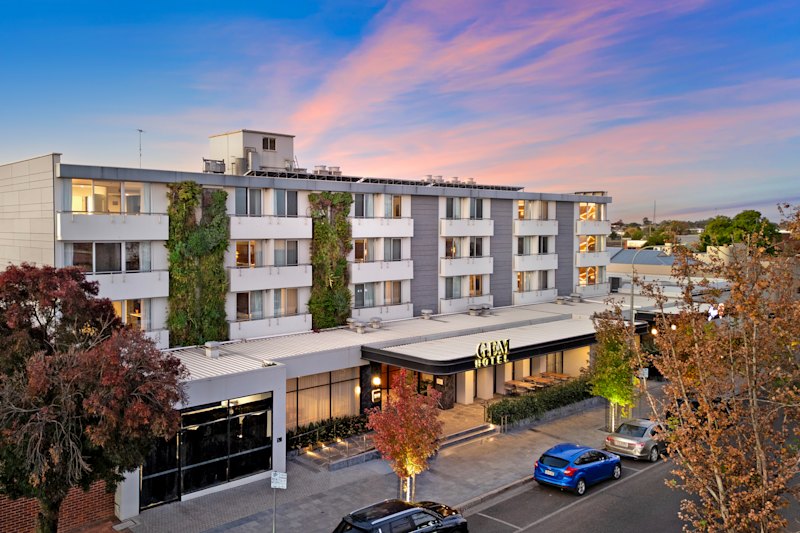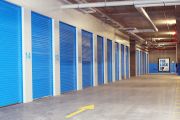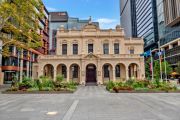
'It's hard to predict': Rent collections recover in NSW, Queensland while Victoria lags
Rent collection levels for commercial property in NSW and Queensland are recovering well from the COVID-19 king-hit but Victoria is still struggling, according to the latest data from commercial real estate management software company Re-Leased.
In NSW, retail rent collection held strong in December last year, rising to 77 per cent by the start of this year, from 75 per cent in November, while office rental collections also rose from 87 per cent to 91 per cent. Industrial returns also firmed, up from 86 per cent to 88 per cent.
Queensland fared well too, with its office rent collection jumping from 77 per cent in November to a stunning 82 per cent by the end of the December. Both its industrial and office rent collections remained stable at 89 per cent and 83 per cent, respectively.
“But the pandemic lockdowns affected Victoria the most, and it’s taking a while to recover,” said Tom Wallace, the chief executive of Re-Leased, which tracks data from 21,000 commercial properties across Australia, comprising around 45,000 tenancy agreements. “Those long lockdowns meant a lot of the sectors weren’t able to trade at full capacity.
“It’s hard to predict when it will bounce back, but generally everyone is feeling slightly more optimistic and hopefully we’ll start seeing more stability start to emerge, and improving numbers.”
Despite strong levels of Christmas trade, rent collection levels for Victoria fell from a two-year high of 86 per cent at the end of November to 83 per cent by the end of December. The retail rent credited figure – the discounts given by landlords to tenants having trouble paying rent – also rose sharply, from 1.9 per cent to 2.7 per cent.
The office rent sector struggled even more, with collection numbers down from 81 per cent in November to 79 per cent by December’s end, hit both by the burgeoning numbers of people affected by the Omicron variant and by supply chain disruptions. Even industrial rent collection dropped, from 81 per cent to 79 per cent.
“Such ongoing levels of instability have surprised me,” Mr Wallace said. “The numbers are going up and down almost all of the time. Victoria is still struggling but NSW and Queensland are both performing well.
“They’re not back yet to pre-COVID-19 levels, but it will be interesting to see when we’re past the Omicron peak. Most landlords and tenants have found a way to make things work and, while it’s been tough for everyone, many are in a condition to recover fairly well.”
Still, there was a significant fall in volatility overall last year from 2020 and the WALE (weighted average lease expiry) – the way to measure the average time period in which all leases in a property will expire – for retail and office assets has experienced a positive uptick.
Nationally, rent collection for retail stands at 81 per cent, for office at 86 per cent, and industrial at 84 per cent.
Landlord subsidies and credit notes for their tenants were a major factor over the past year, with the rate of credit notes illustrating the proportion of rent being forfeited by landlords in the hope of ensuring tenant longevity. It peaked in October at 3.2 per cent at the tail end of prolonged lockdowns, up from the middle of the year when only 1.7 per cent was recorded in May.
“The data shows us that proactive landlords were working with their tenants to ensure the challenges of COVID were shared,” Mr Wallace said. “It’s also a demonstration of the importance of long-term strategic thinking on behalf of property owners and managers.
“By working with tenants, they were able to secure certainty for their portfolios over the long term.”
Despite dire predictions for office rent returns, with the move towards long-term working from home, most of the losses have failed to materialise, the data shows. Today, only 12.8 per cent of office stock is let on rolling leases as compared to fixed lease terms, down from a 2021 high in July of 15.2 per cent.
“This is an encouraging sign for office asset owners and operators,” Mr Wallace said. “While there was a mild fluctuation in risk, our data has shown us that his has stabilised as the year went on.”










